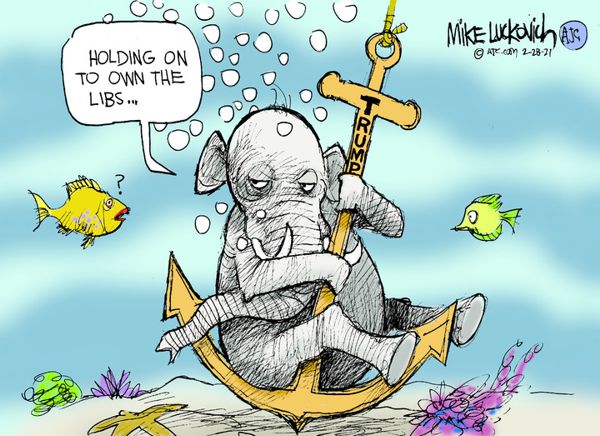
Daily Editorial Cartoons: A Window into Current Events
Daily editorial cartoons offer a unique and insightful perspective on current events, politics, and social issues. The works of renowned cartoonists like Mike Luckovich, John Deering, Ken Catalino, Chris Britt, and Andy Marlette provide a diverse range of styles and viewpoints, offering readers a multifaceted understanding of the news.
The Power of Visual Commentary
Daily editorial cartoons serve as a powerful form of visual commentary, using humor, satire, and symbolism to communicate complex ideas and opinions. Unlike lengthy news articles or opinion pieces, cartoons distill complex information into easily digestible and memorable images. This visual shorthand makes them an effective tool for engaging a wide audience and sparking discussion.
The effectiveness of editorial cartoons stems from their ability to elicit an emotional response from the viewer. By employing humor, irony, or outrage, cartoonists can enhance the impact of their message and encourage engagement with the subject matter. A well-crafted cartoon can leave a lasting impression on the viewer, prompting further reflection and discussion.
The diverse styles and perspectives of cartoonists like Mike Luckovich, John Deering, Ken Catalino, Chris Britt, and Andy Marlette enrich the overall commentary. Each artist brings a unique voice and artistic approach, offering readers a multifaceted understanding of the same events. The variety ensures that readers are exposed to a range of opinions and interpretations.
Exploring Topical Issues Through Cartoons
The daily cartoons likely addressed a broad range of topical issues in July 2025, reflecting the prevalent political and social climate. The cartoons could have focused on political events, such as congressional debates, legislative actions, or presidential pronouncements. They could also have explored social issues, including debates surrounding gun rights, economic inequality, or cultural conflicts.
The cartoons might have employed different techniques to convey their messages, including symbolism, satire, caricature, and irony. Symbolism could have been used to represent abstract concepts or ideologies visually. Satire could have been used to expose and criticize political figures or policies. Caricature could have been used to exaggerate physical features to create humorous and memorable images. Irony could have been used to highlight the absurdity of situations or statements.
The overall effect of these artistic choices would have been to create a visually engaging and thought-provoking commentary on current events. The cartoons would have served as a powerful form of visual communication, conveying complex ideas and opinions in an accessible and memorable way. The use of humor and exaggeration would have made complex issues more digestible and engaging for a wider audience.
The Role of Humor and Satire
Humor and satire are essential elements of editorial cartoons. These tools allow cartoonists to engage with sensitive or controversial topics without resorting to overly aggressive or confrontational language. Humor can make complex issues more accessible and engaging, encouraging viewers to think critically about the subject matter.
Satire, on the other hand, allows cartoonists to expose and critique the flaws, hypocrisy, or absurdity of political figures or systems. By using exaggeration and irony, cartoonists can highlight the shortcomings of those in power and hold them accountable for their actions. The use of satire can be particularly effective in exposing corruption, injustice, or incompetence.
The effective use of humor and satire requires a keen understanding of the political and social context. The cartoonist must be able to identify the most relevant and impactful aspects of the issue while also crafting a message that is both entertaining and thought-provoking. The best editorial cartoons are not just funny; they are also insightful and relevant.
Key Takeaways
- Daily editorial cartoons offer a concise and visually engaging perspective on current events.
- Renowned cartoonists like Mike Luckovich and John Deering provide diverse styles and viewpoints.
- Cartoons use humor, satire, and symbolism to communicate complex ideas effectively.
- July 2025 cartoons likely covered a wide range of topical issues, using visual techniques to convey their messages.
- Effective use of humor and satire is crucial for engaging viewers and prompting critical thinking.
